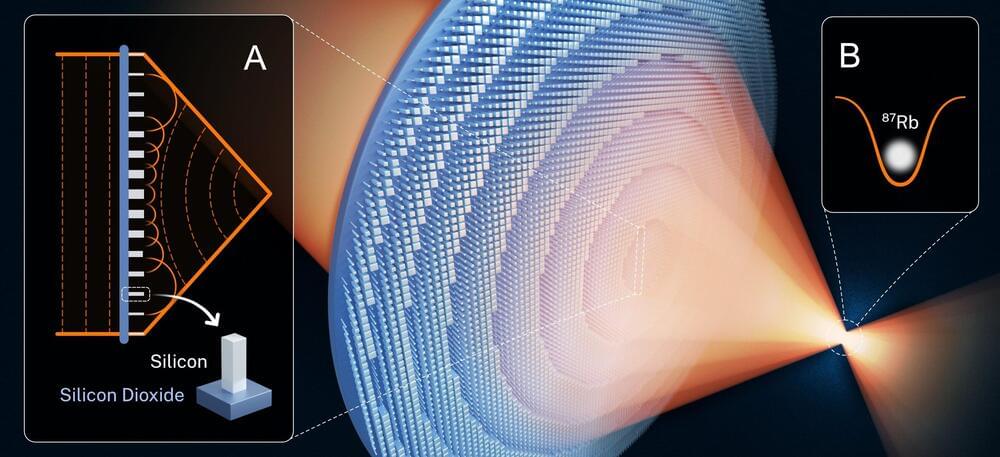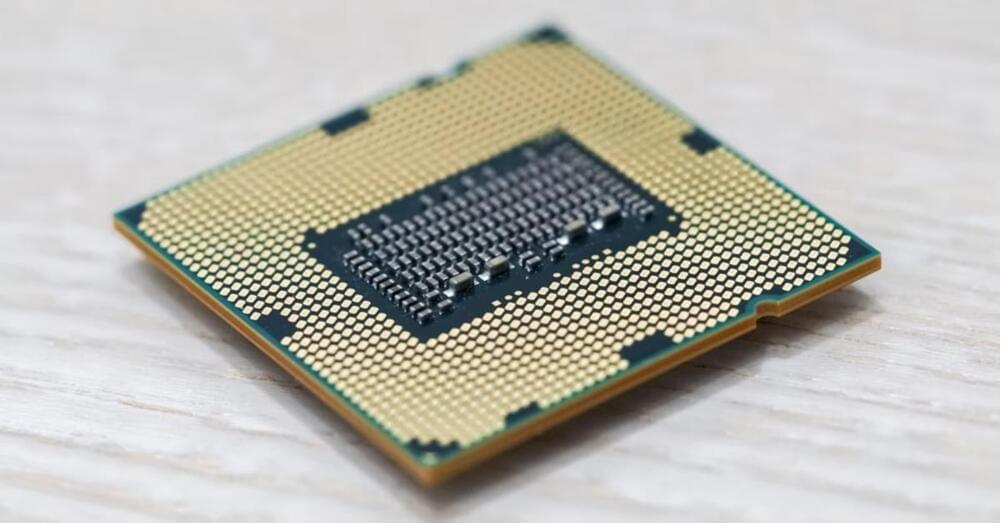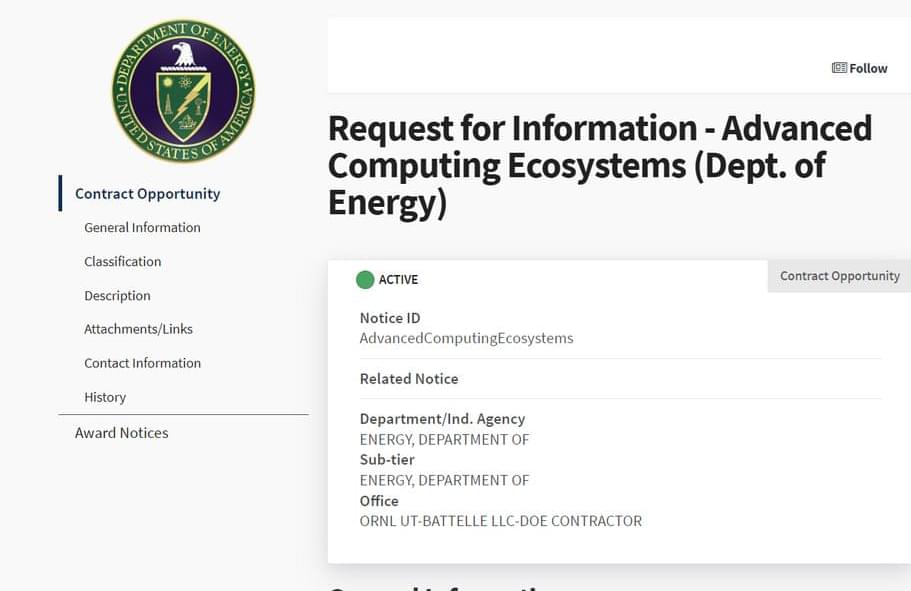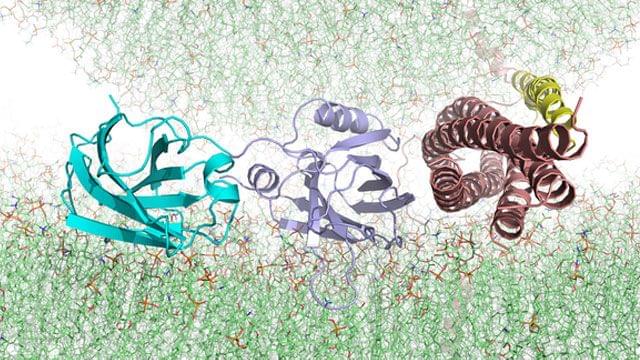Aug 1, 2022
Researchers develop miniature lens for trapping atoms
Posted by Saúl Morales Rodriguéz in categories: particle physics, quantum physics, supercomputing
Atoms are notoriously difficult to control. They zigzag like fireflies, tunnel out of the strongest containers and jitter even at temperatures near absolute zero.
Nonetheless, scientists need to trap and manipulate single atoms in order for quantum devices, such as atomic clocks or quantum computers, to operate properly. If individual atoms can be corralled and controlled in large arrays, they can serve as quantum bits, or qubits—tiny discrete units of information whose state or orientation may eventually be used to carry out calculations at speeds far greater than the fastest supercomputer.
Researchers at the National Institute of Standards and Technology (NIST), together with collaborators from JILA—a joint institute of the University of Colorado and NIST in Boulder—have for the first time demonstrated that they can trap single atoms using a novel miniaturized version of “optical tweezers”—a system that grabs atoms using a laser beam as chopsticks.


















